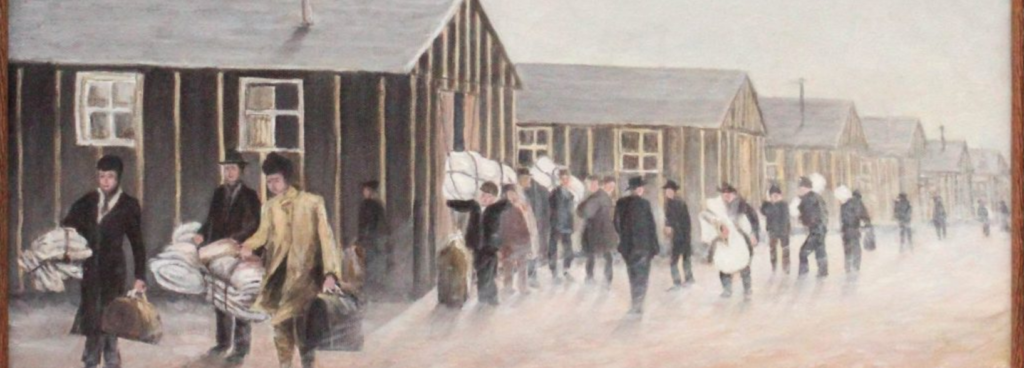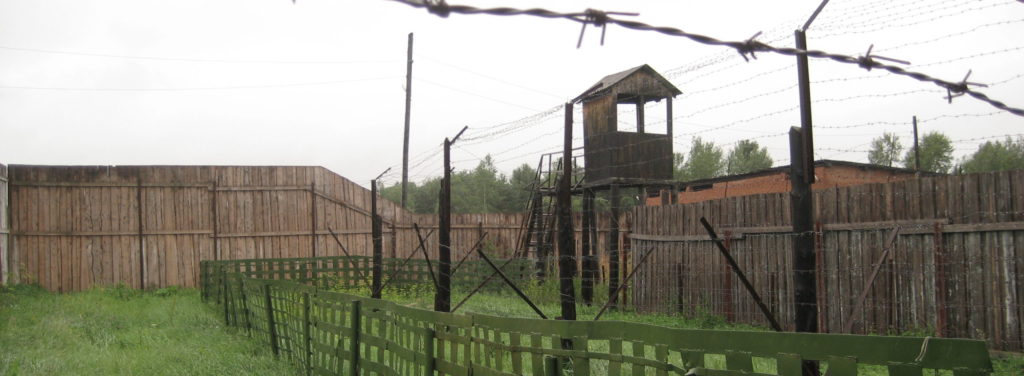Japanese Timeline (ETC)
People arrive on the Japanese Islands, Jomon, Yayoi and others arrive in japan and begin to set up civilization.
Queen Himiko was supposedly a witch queen and led Japan in peace till her death. She also engaged in diplomatic relations with China. During this time period burial mounds began to appear, keyhole-shaped piles of earth covering tombs.
Buddhism begins to replace the nature spirit worship of the Islands as the religion of choice.
A Korean ally of Japan is forced off the continent despite Japan's military aid, the refugees flee to Japan.
O no Yasumaro begins to write the mythos and history of Japan.
Heijo-Kyo is established as Japan's capital. Buddhism is the religion of the court and a great statue is errected.
Northern Japan largely wild was inhabited by tribes people called Emishi, who resisted Imperial rule and refused to pay tax to the crown. So an army was sent and was soundly defeated. More armies tried and failed to conquer the north, and it remained unbroken for centuries.
The ruling powers disliked the influence that Buddhism had gained in court and moved the capital to Heian-Kyo. The city became very large as many nobles built permanent residences in Heian-Kyo, a library was also built and contained a great wealth of knowledge. The city would later be known as…
Read More
China is in disarray, the current Korean dynasty is an enemy of Japan and the court's disdain for commoners is well established. At this time Samurai began to emerge around the same time as the age of chivalry in Europe.
The Samurai gained more and more influence over the court until the title of Shogun was made which in effect is more or less the new emperor.





Responses